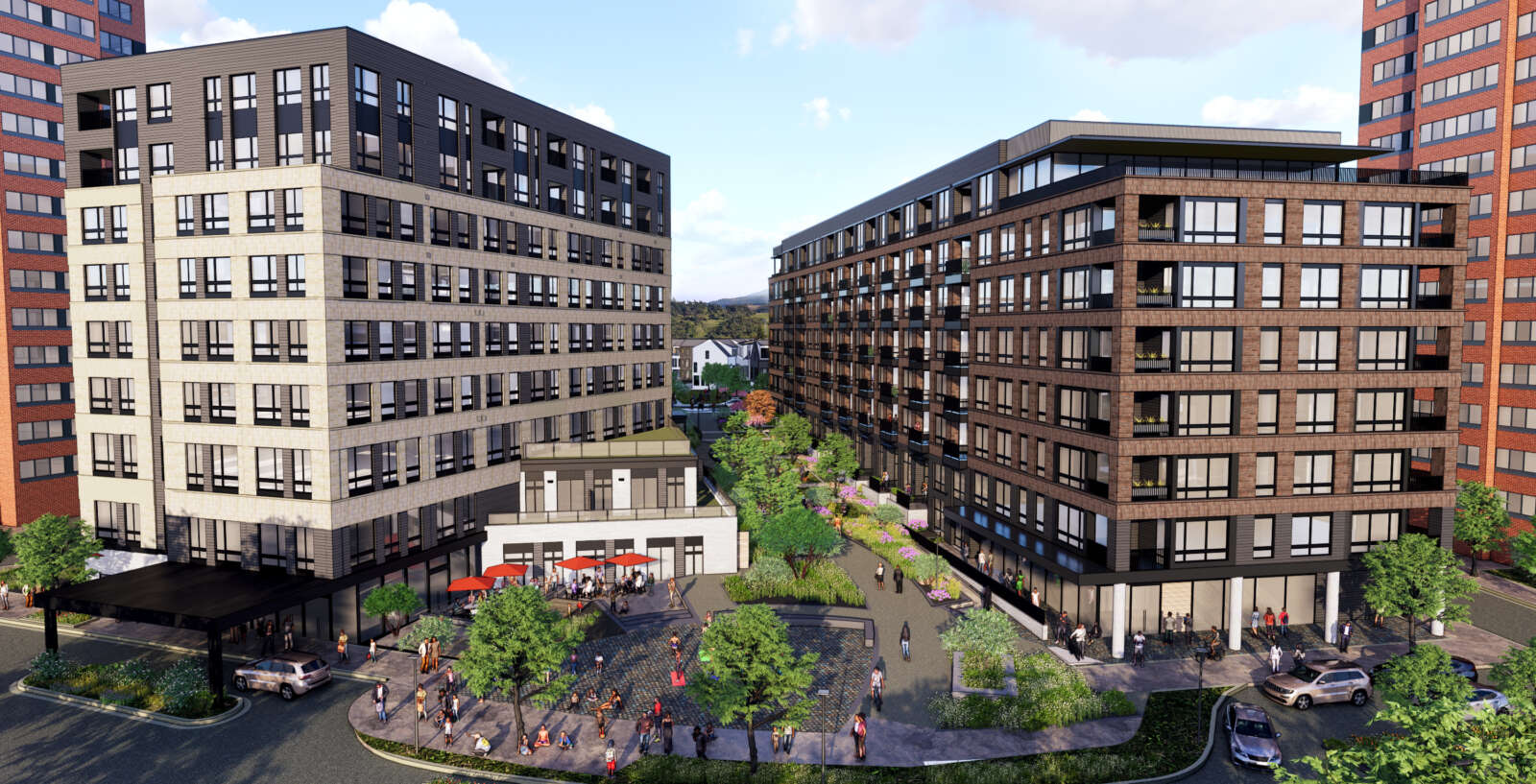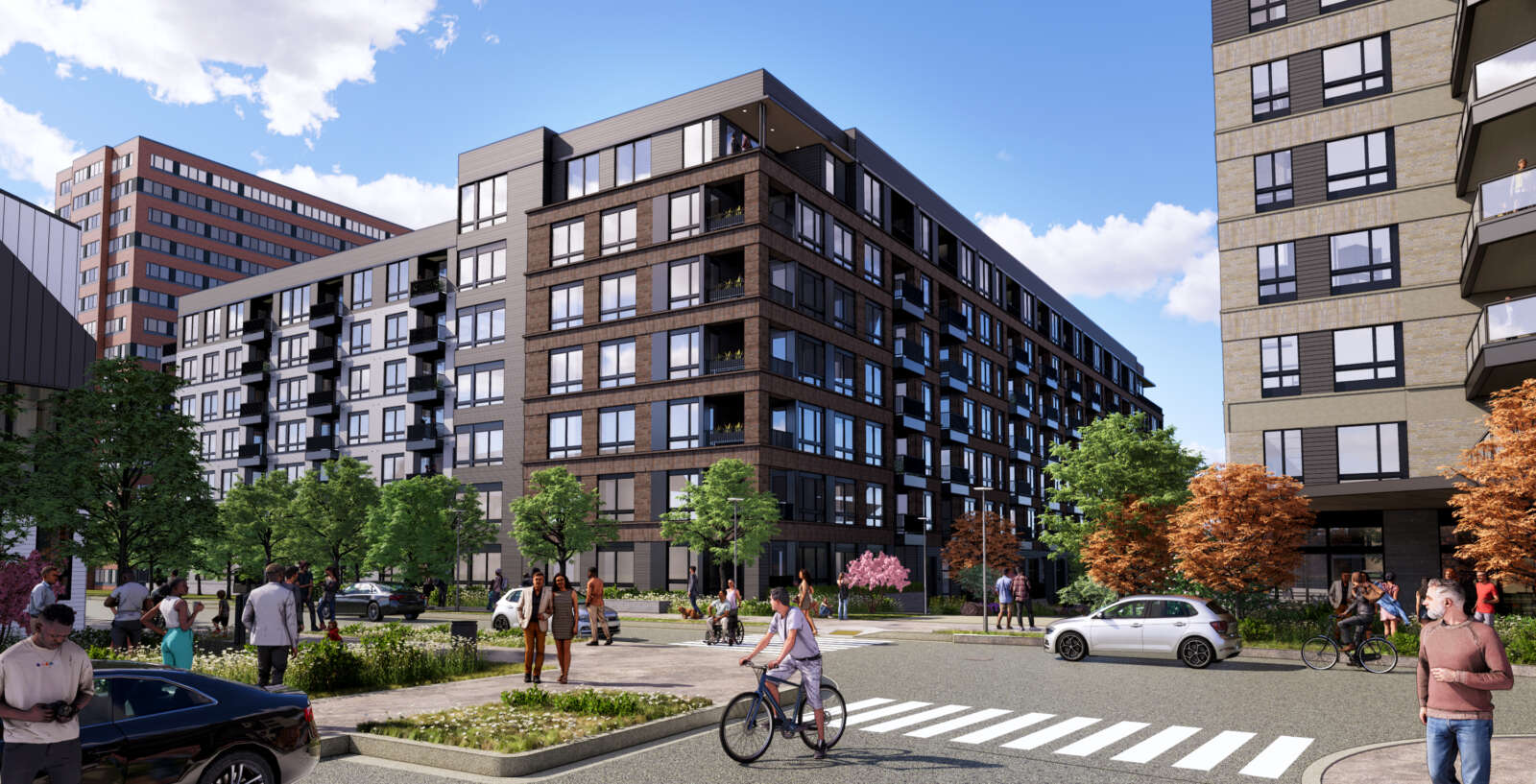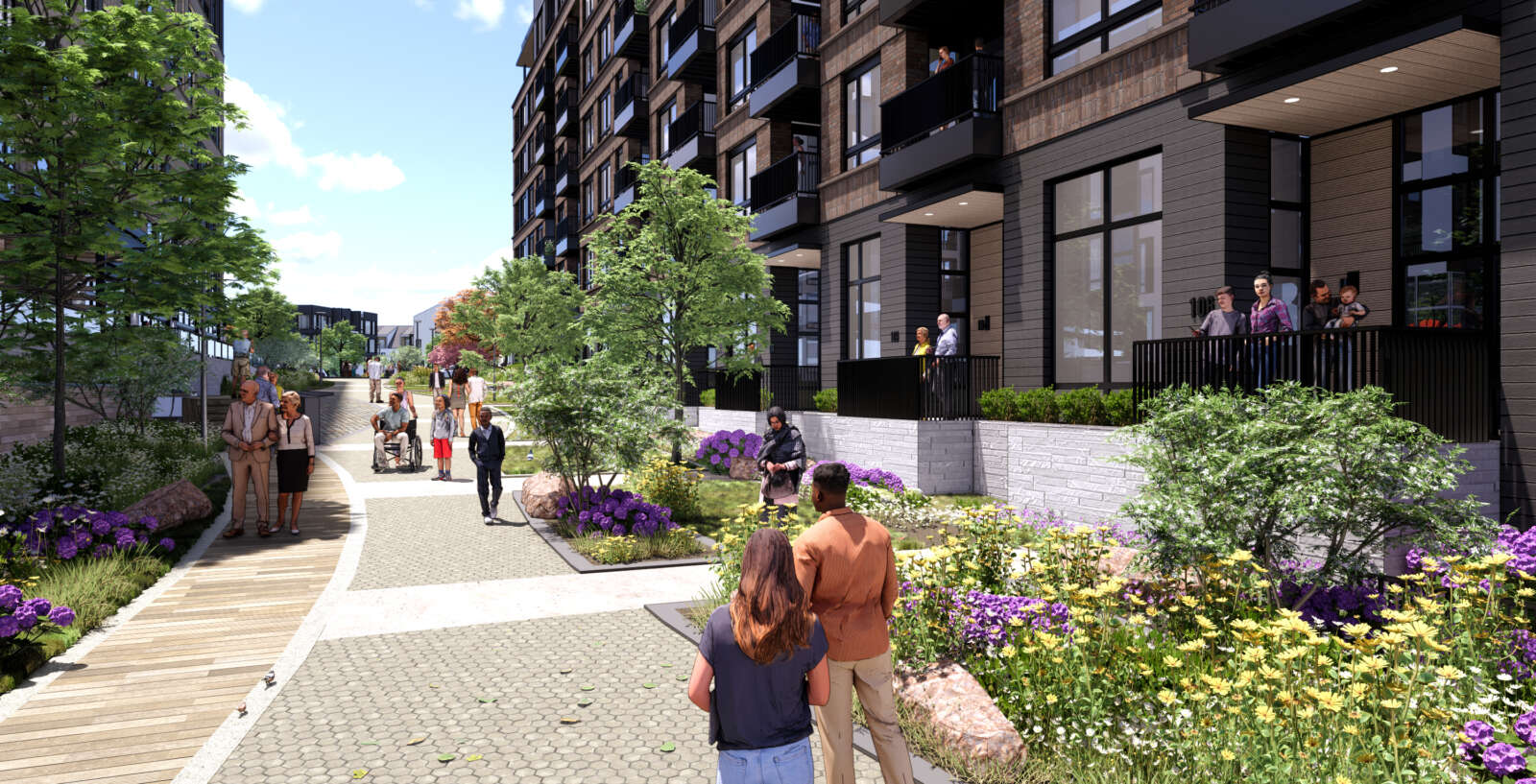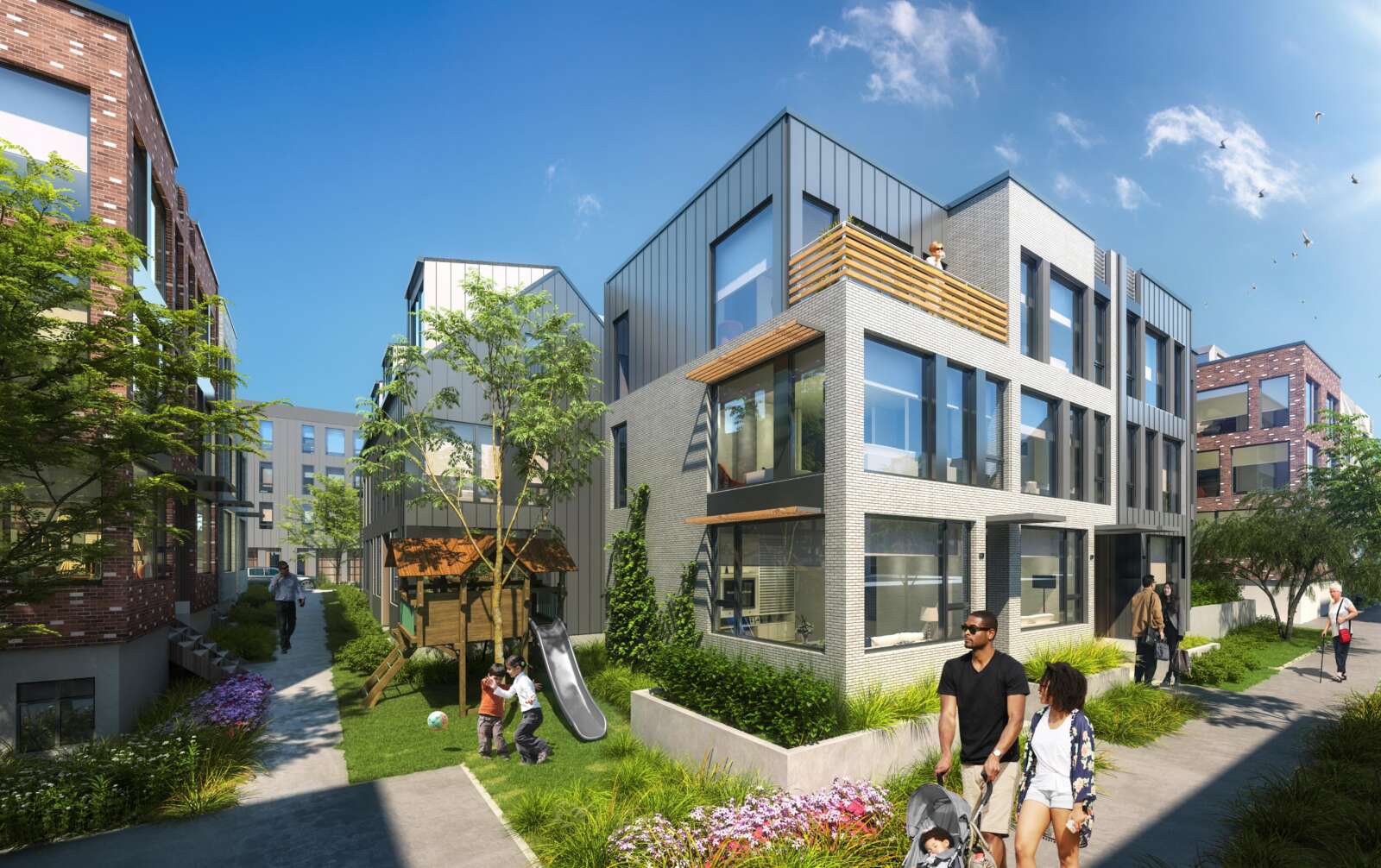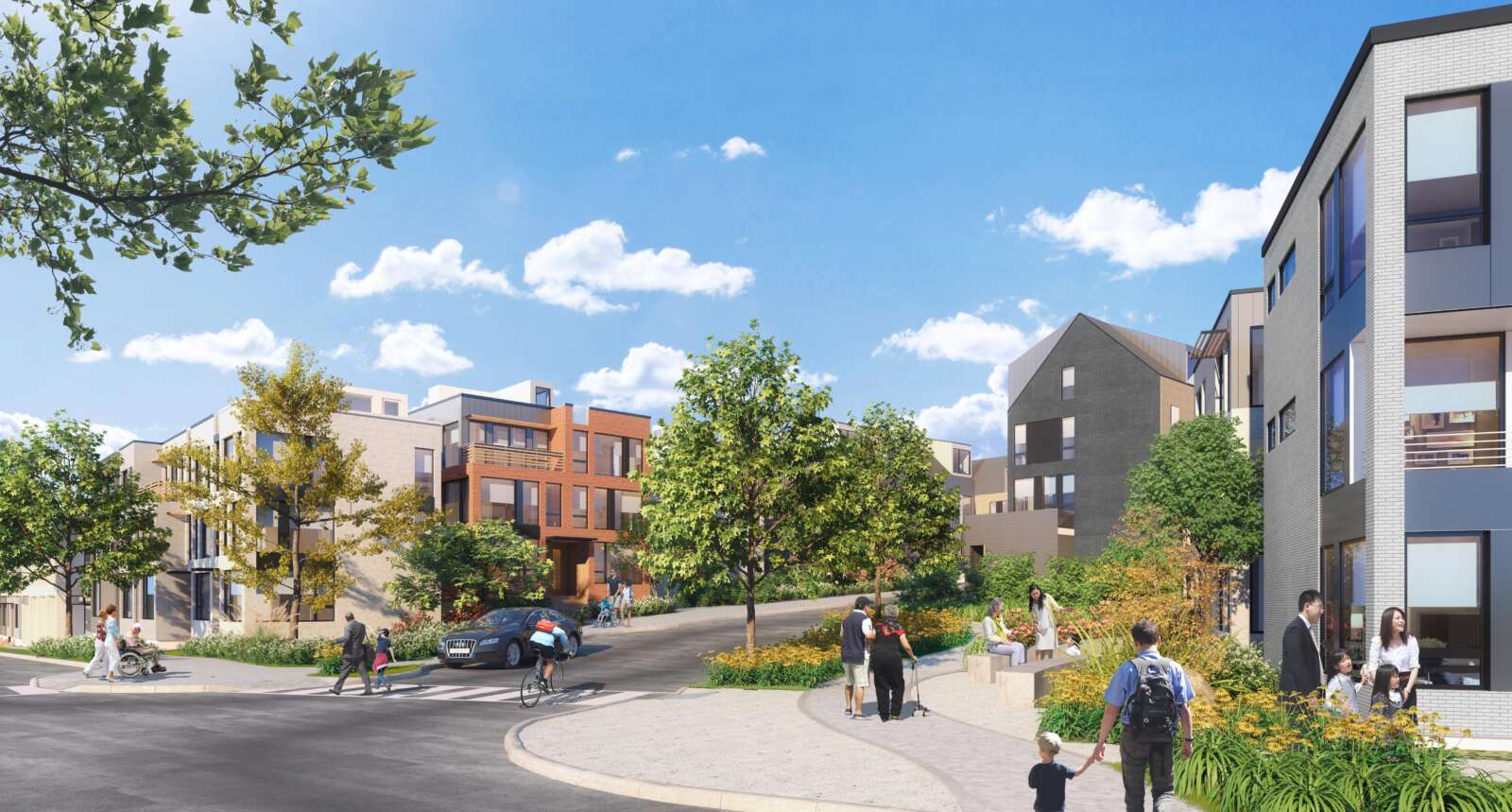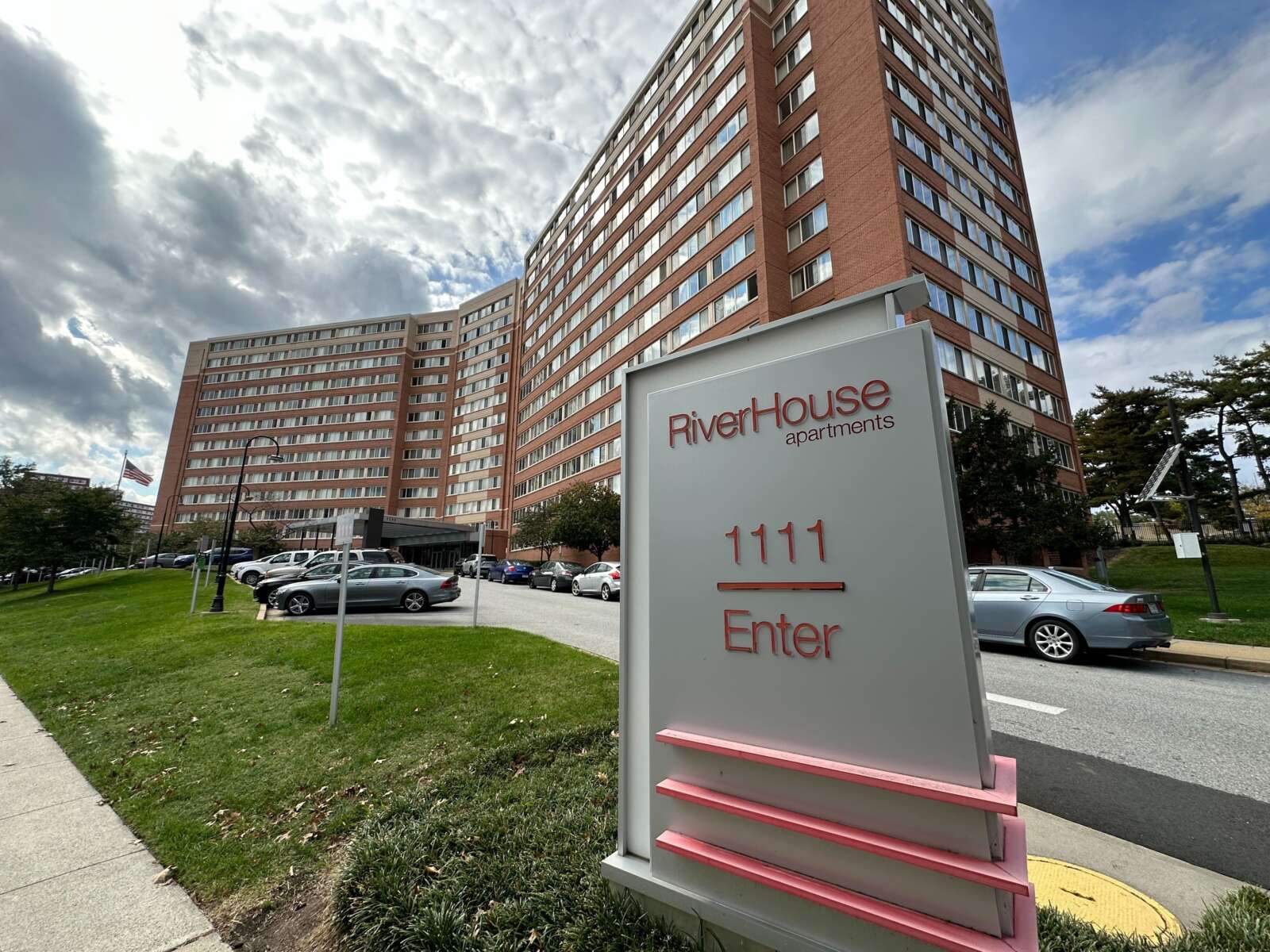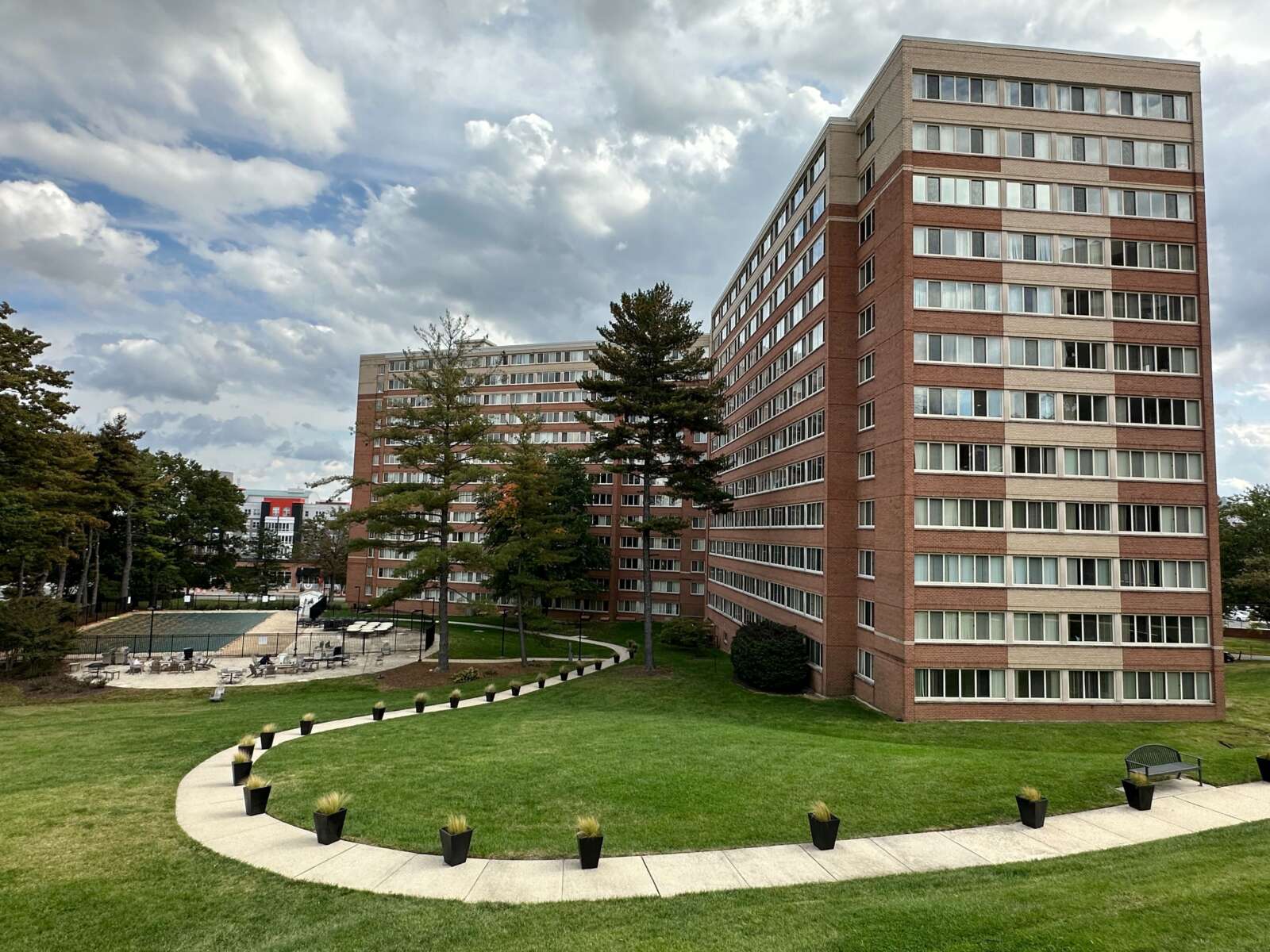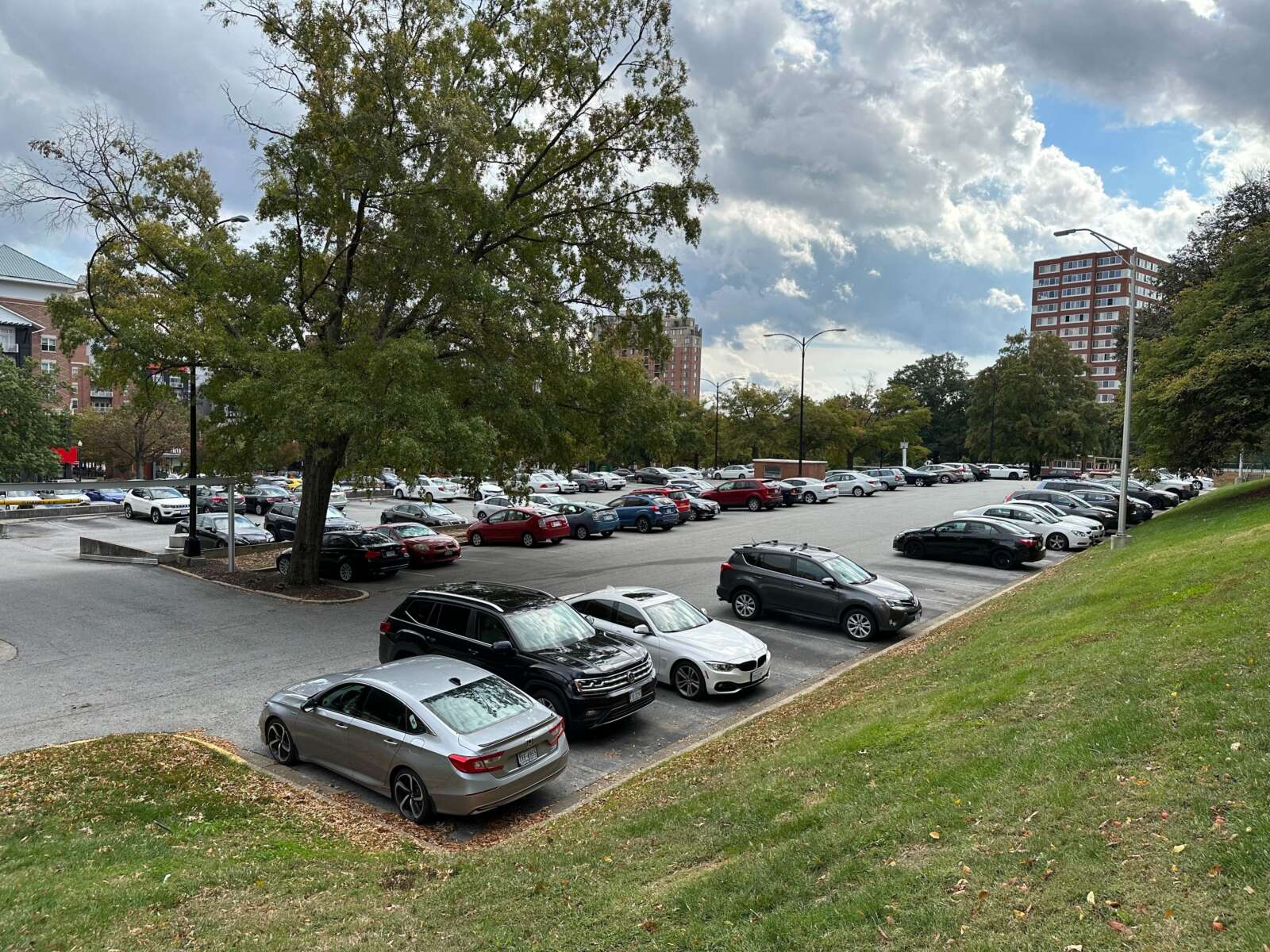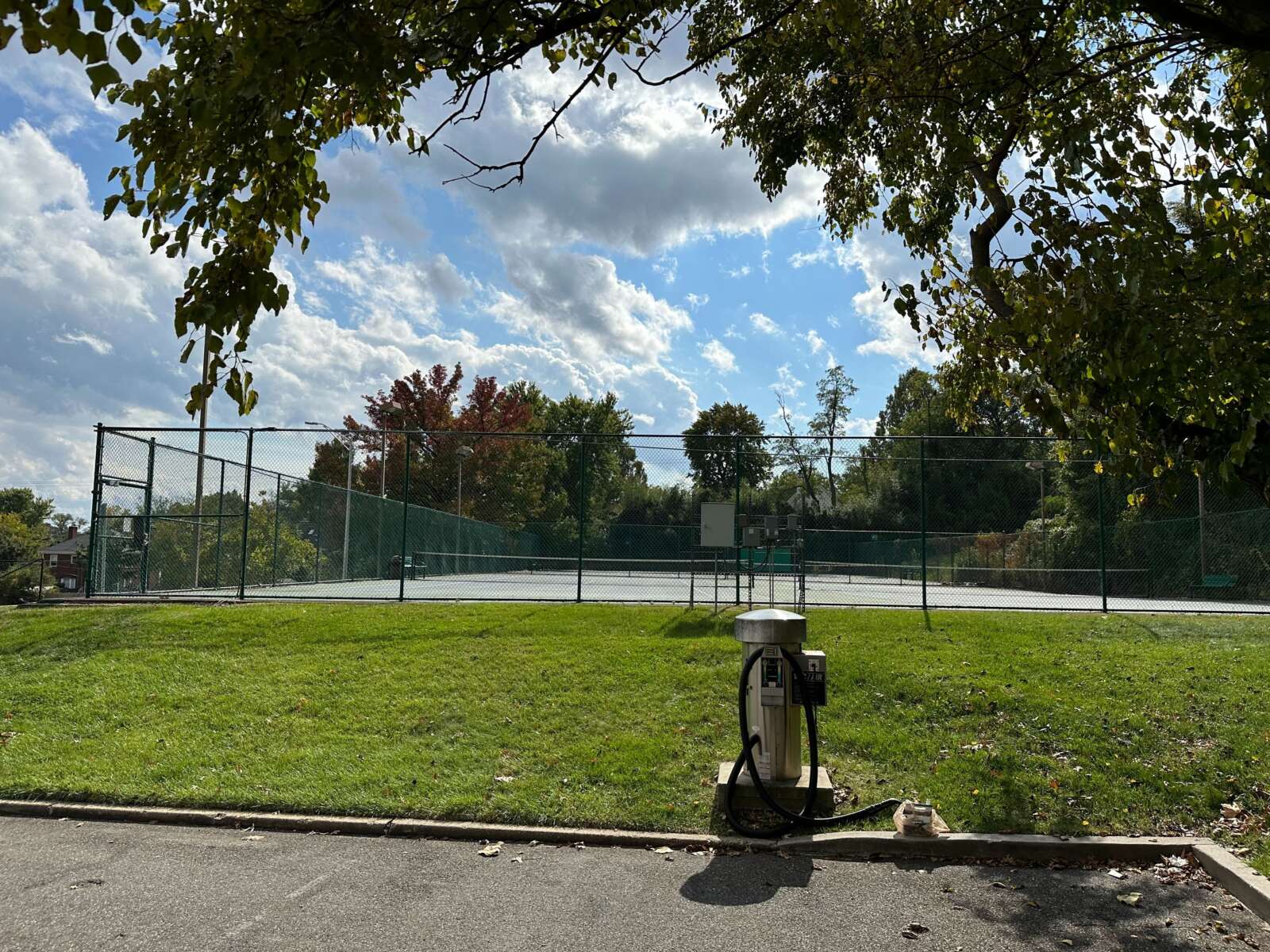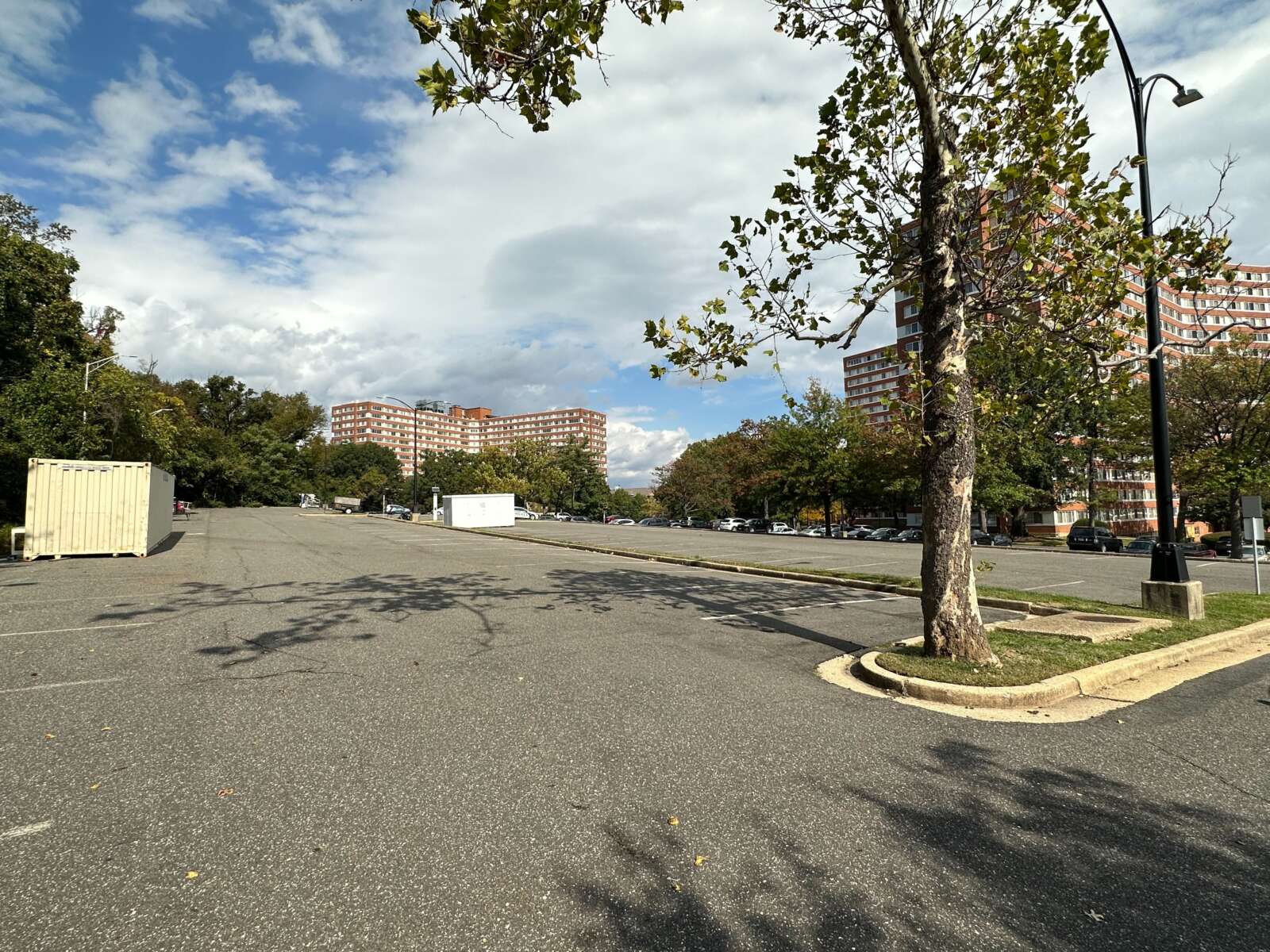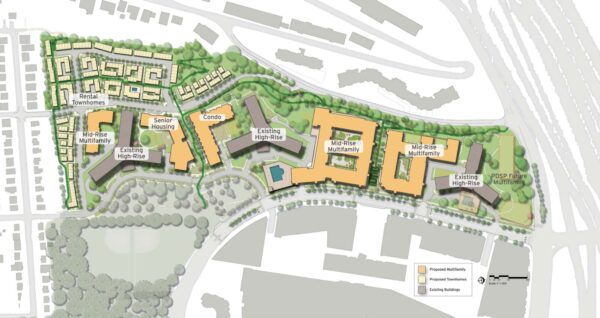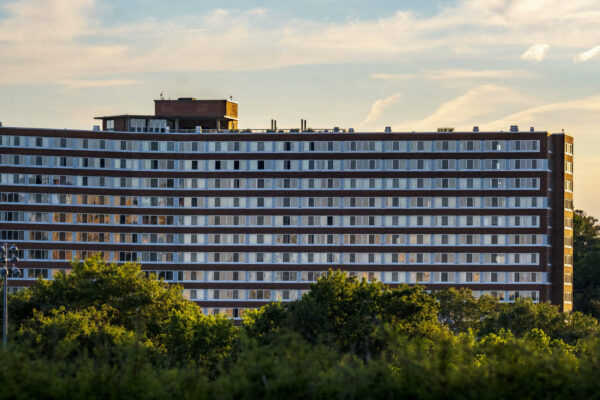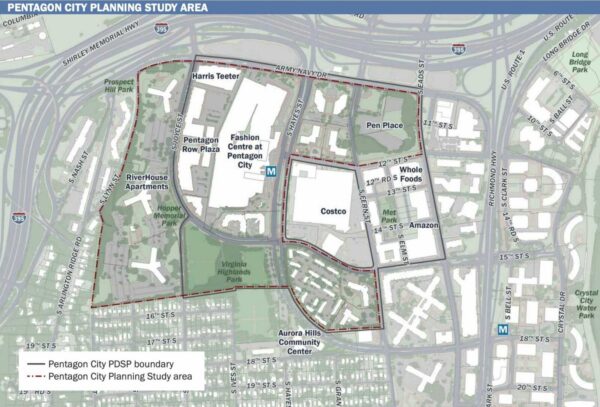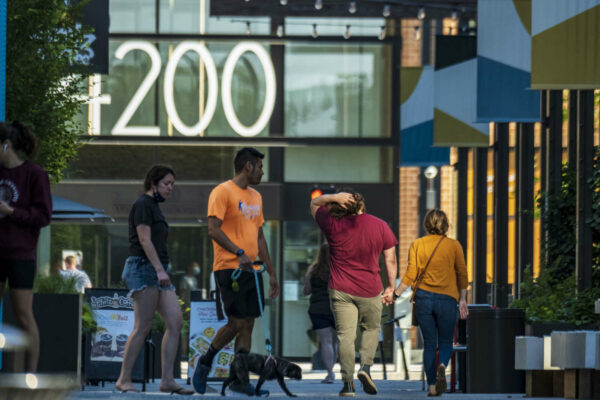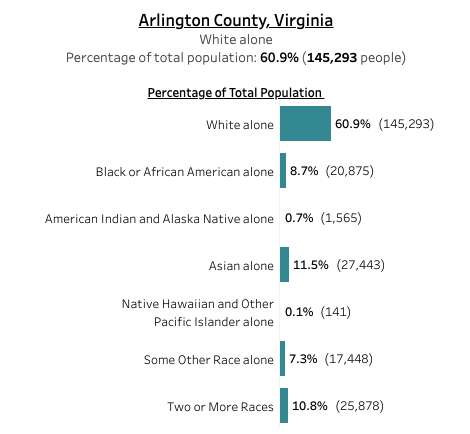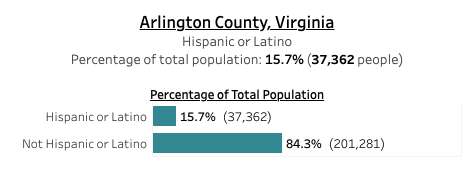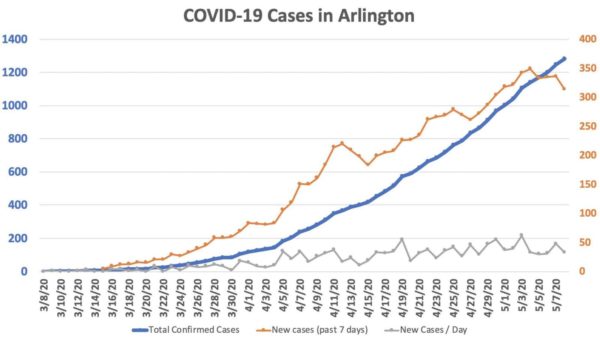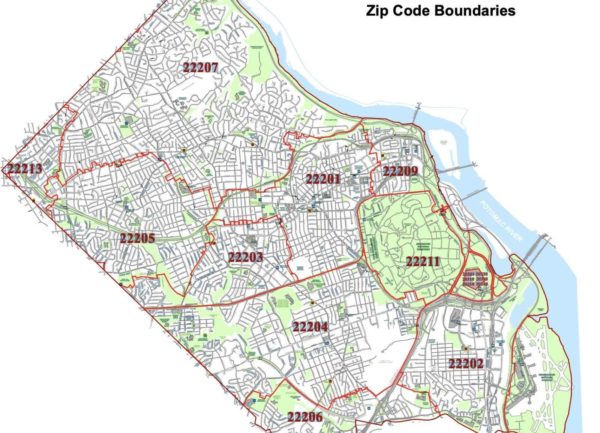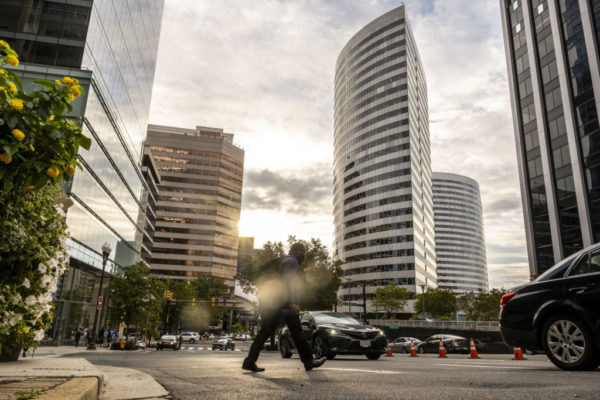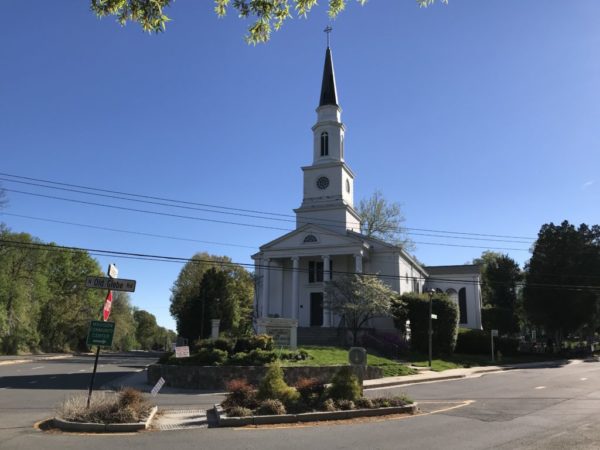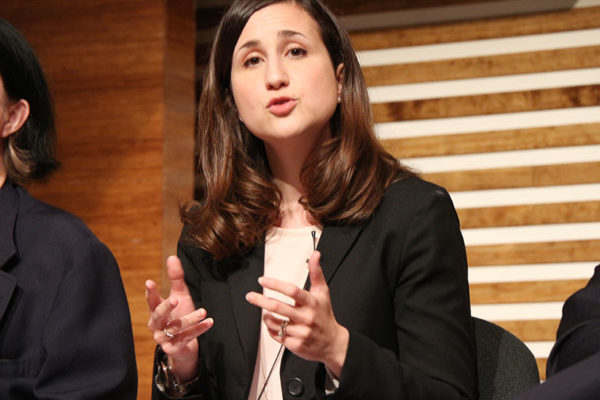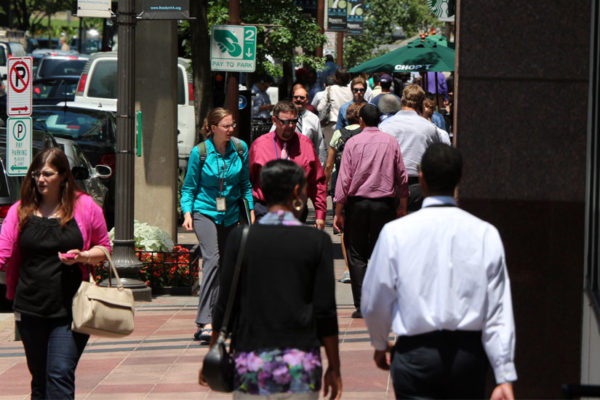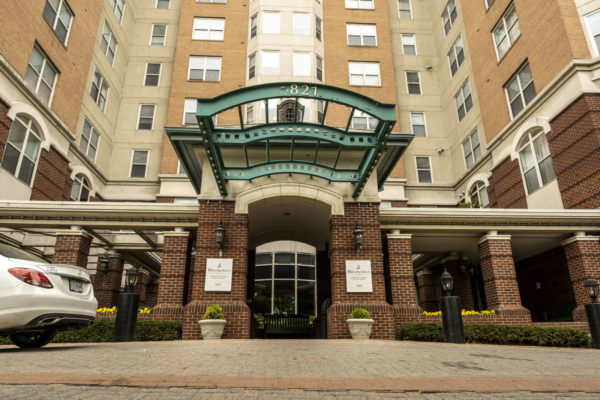
Over the next 25 years, the D.C. area will need to invest more in housing and services tailored toward a rapidly graying population.
That is one of the takeaways from a presentation of job, population and household growth forecasts presented to the Metropolitan Washington Council of Governments today (Wednesday).
Overall, the region is set to gain one million jobs, 1.5 million people and 700,000 new households by 2050.
Job growth may not be as robust as previously projected, with new forecasts projecting 200,000 fewer total jobs for each forecast year, due to the lingering effects of the pandemic and a “dampening” caused by an aging population, COG Community Planning and Services Director Paul DesJardin said.
These forecasts are intended to help local and regional agencies gauge the demand for public infrastructure and transportation. They can also use it to develop policies tackling regional issues — including an aging population.
In 2020, the region had 757,000 people over the age of 65 and, by 2050, this population is projected to swell to 1.2 million, a growth rate of 64%, per the presentation. At the other end of the age spectrum, school-aged children will remain fairly steady, growing from just over 1 million in 2020 to 1.1 million in 2050.
“This is a national and a local trend,” said DesJardin. “Our economic competitiveness is imperative on our ability to attract and maintain talent. Then, there’s the concomitant challenges of the human services an aging population will need. We still have a growing and steady workforce population but we are aging.”
Later, DesJardin said the aging population may also require the construction of more dwellings accessible to those with physical challenges, from single-family detached homes to apartments. That would be part of a continued push to increase housing overall.
“We still do need to do more to address our housing challenge. We need to do more for production, and certainly affordability,” he said.
Arlington County Planning Director Anthony Fusarelli says the county has been preparing for this population shift.
“We in Arlington over the past several years have been focused increasingly more so on the needs of that older population,” he said. “The County Board has approved zoning ordinance amendments to make it easier and provide more flexibility for things such as assisted living and senior living facilities.”
County staff are studying homeownership and will be looking at housing options for seniors. Fusarelli also mentioned the recent adoption of “Missing Middle” zoning changes allowing the by-right construction of 2-6 unit buildings in areas previously reserved for single-family detached homes.
“One of the benefits we see as a community in allowing duplexes or small apartment buildings across much of Arlington that currently isn’t permitted, or hasn’t been permitted historically, is it does provide the opportunity for that aging demographic to expand their property or find another housing unit in the neighborhood they’ve been in for some time that otherwise wouldn’t be there today,” he said.
Overall, he says, the COG forecast plays an important role “in really grounding our community conversations about planning for growth over the next 20-30 years.”
“It’ll account for changes in the ramp-up of Amazon’s headquarters, the Pentagon City Sector Plan — which our County Board adopted more than one year ago, which can potentially double the amount of development in that Metro station area — as well as other studies for our Shirlington area and others as well.”
Arlington County Board Chair Christian Dorsey says this information helps the county explain to constituents why it is always working on a planning project.
“I know it helps us in Arlington address one of the fundamental questions we get in the community. ‘All this stuff you’re planning and doing, what are you solving for?'” Dorsey said. “This really gives us a ‘for’ that we’re trying to solve, and it’s based, really, on the broadest possible set of data for our entire interconnected region.”


